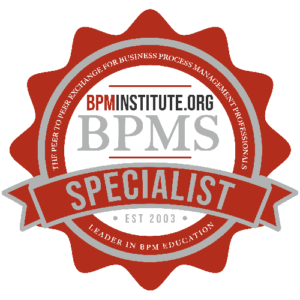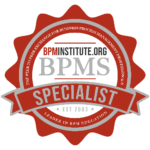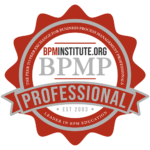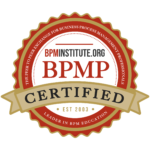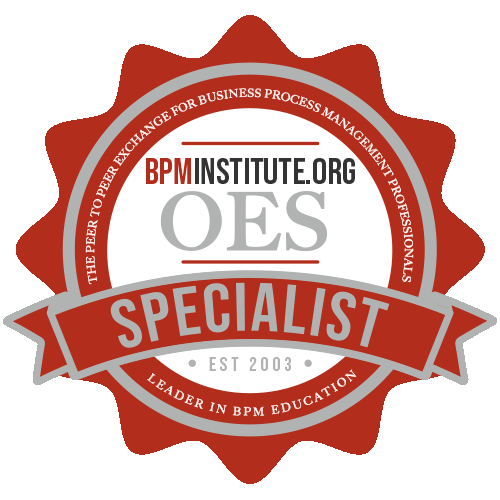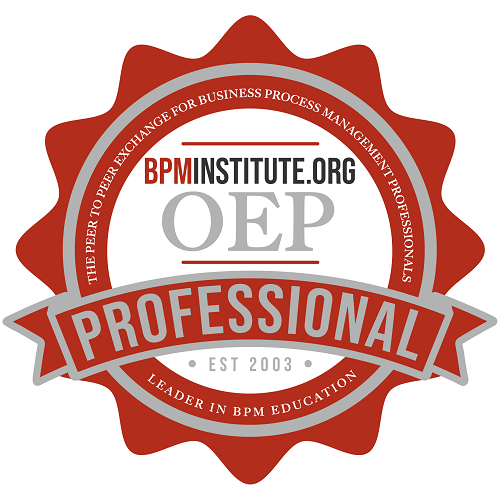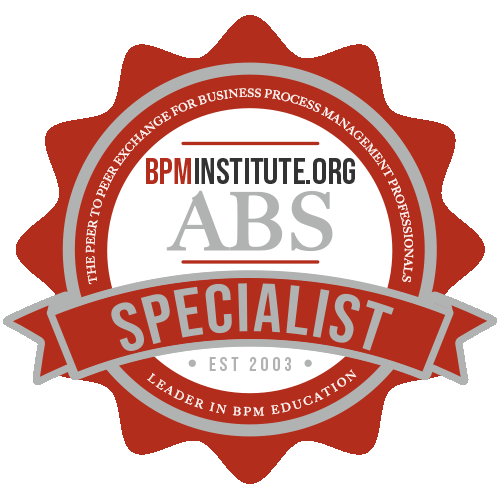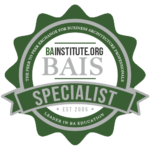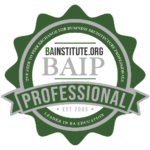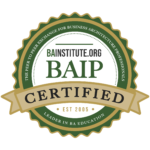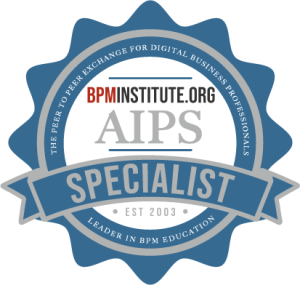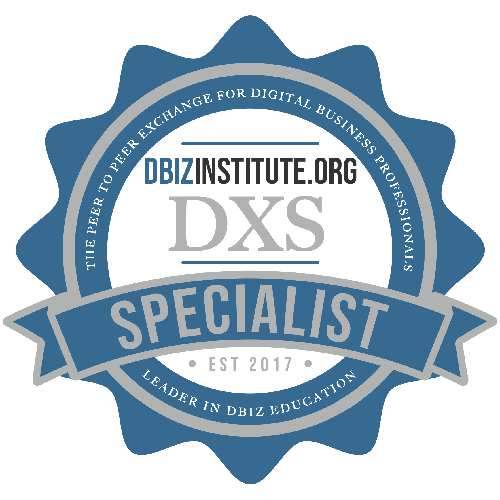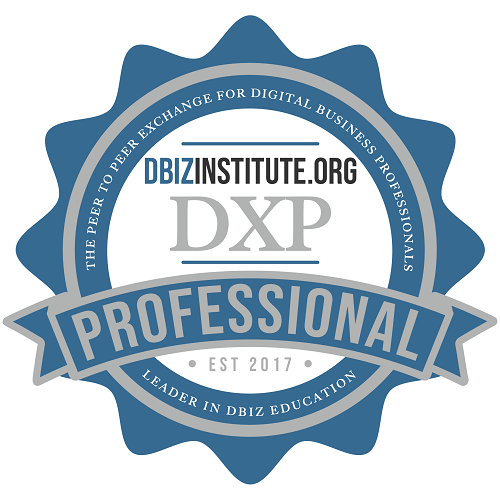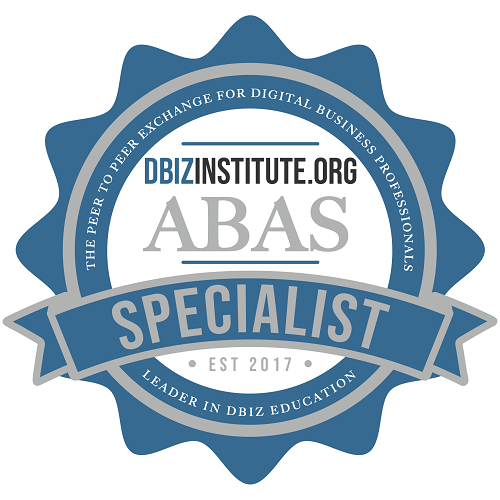The $20 Billion Dow Chemical Company merged with the $6.5 Billion Union Carbide Corporation in 2000. The combined company had to merge thousands of operations worldwide in a short time. Stephen Graham was in charge of the merged supply chains. He analyzed the work processes, sub-processes and associated activities so the merger would work from the first day.
Dow Chemical used the “Most Effective Technology” (MET) concept, with alignment to the business strategy, the metrics, and the organization.
Graham pointed out that over 60% of mergers and acquisitions fail to create value. He used the Union Pacific – Canadian Pacific Railroad merger example, which tanked the new company for more than a year and sent the stock into a tailspin.
The integration objectives were to:
- Manage the existing business by maintaining the competitive position and ensuring stable revenues
- Quickly realize synergies by seeking market and technology synergies to create growth platforms
- Build a new industry leader by retaining valuable people, capabilities, and relationships with a common vision, culture and processes.
The challenge for the supply chain was to discover and map the organization and processes for the combined supply chain. The first project was set for the first day of the merger, then nine more projects were to follow. It was important for the system to work from the first day because the price of failure was too high. There were 278 projects in all. Graham said they had four months to get it done. The supply chain process included:
- Taking customer orders
- Placing purchase orders
- Manufacturing products
- Making receipts/shipments on time
- Issuing invoices
- Paying bills
The overall effort was stated in a simple sentence, “Never give a customer a reasonable excuse to go somewhere else.” This applied to all the customers all over the world. To make it work, Dow used the following steps:
- Define process and steps
- Define operating scenarios for normal business
- Define failure scenarios
- Define response scenarios
- Document response procedures
- Document job/organizational responsibilities
Throughout these steps was continuous training. A measurement system was defined and applied to each company to track indicators of emerging failure.
To manage complex change, you need vision, skills, incentives, resources, and an action plan. If any one of these components is missing, it threatens the whole.
The four months was extended because the SEC delayed the merger. Graham said they trained 3600 people in 32 days, then retrained them two more times. The merged companies lost NO customers, and actually gained some.
On the first day of the merger, the combined company took and placed orders normally. No shipments were lost or delayed; no payments were delayed. Money was collected and the entire process worked. The roll-out was 70% complete in 270 days and fully completed in a year.
In conclusion, Graham said that documenting task level business processes are necessary. There must be leadership at all levels from executive to the sub-processes. He said that you don’t really need tools to get this done. You need great people and belief.



